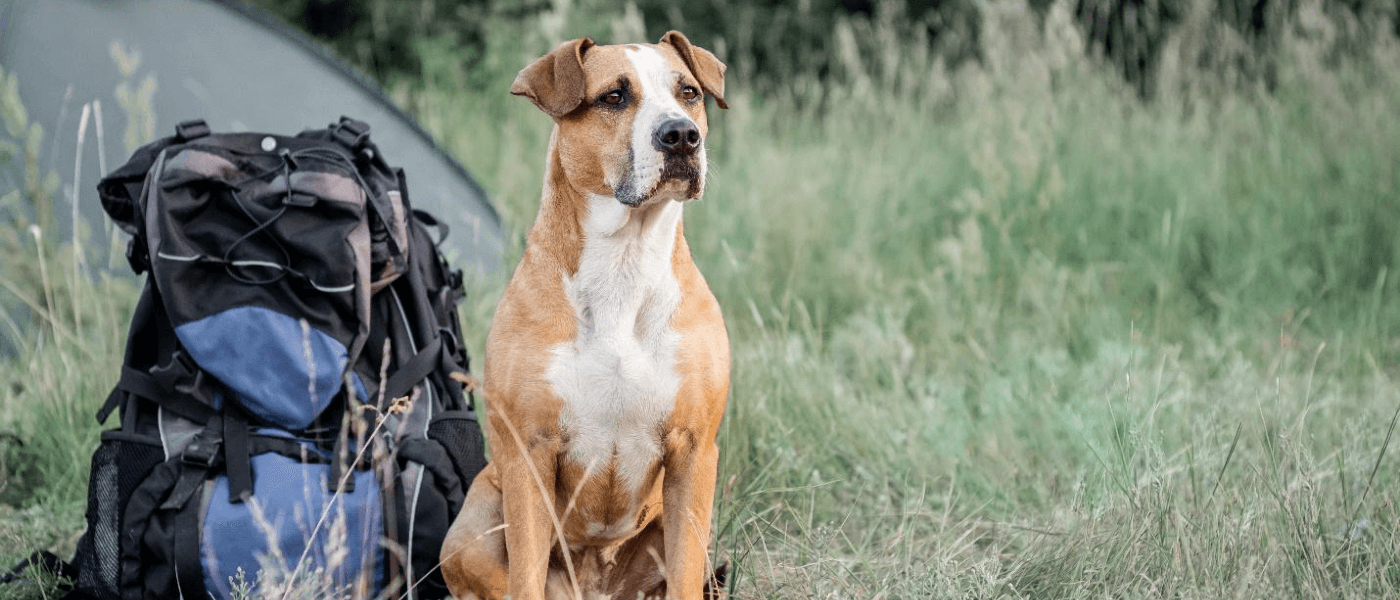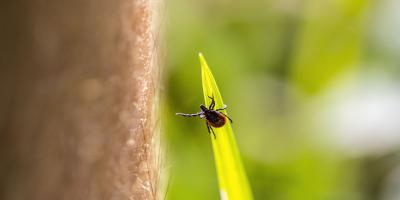The Truth About Canine Tick Prevention Methods

New Englanders are no strangers to ticks and the threat they pose, so we all know (at least the basics) what we need to do to help prevent tick bites. But unfortunately, tick prevention is not taught alongside “sit” and “shake” when we take our dogs to obedience school.
Instead, most dog parents rely on flea and tick treatments to keep our fur-family safe. But is that good enough?
Short answer: No. While flea and tick collars, shampoos and oral medications do reduce dogs’ likelihood of getting tick bites, they aren’t 100% effective… especially if they aren’t used consistently.
And that’s a problem because fleas spread some of the same deadly tick-borne diseases to dogs as to us humans – including the dreaded Lyme disease.
The Numbers About Lyme Don’t Lie
Despite the widespread use of tick collars, shampoos and oral medications, case numbers of canine Lyme disease continue to climb year after year – especially in areas where the bacterium that causes it, Borrelia burgdorferi, has just recently reached.
Interestingly, scientists have also discovered rates of Lyme disease rising in dog populations in areas that, so far, have not seen a similar uptick among humans.
They’re Family, but Different
With tick bite rates increasing among dogs, even with widespread tick prevention measures in place, it’s more important than ever to learn how to check your pet thoroughly and effectively for ticks.
It’s important to take an extra few minutes each day to check your pup thoroughly, namely because they have a lot more hair than humans do. So, while checking for ticks is quite similar, it’s a bit more intensive a task. Also, their bodies are quite different, so the spots that you’re most likely to find ticks on yourself are a bit different on your dog.
Sit, Stay, Check for Ticks – Here’s How.
Dogs are nosey creatures – quite literally. They quell their curiosity about the world by sticking their snouts everywhere (including places we’d rather they not). They don’t need to be exploring a heavily wooded area to pick up ticks. Just a quick potty break in your own backyard poses enough of a risk that they might encounter and bring home a tick or two.
As soon as your dog returns from the outdoors, start your tick check around their heads and ears. Especially floppy ears, which offer a perfect hideout for wayward ticks. Look around their eyelids and under their collar.
Move down their neck, checking as you go, then check under their armpits – all four of them. Moving down their legs, making sure to check around and between their toes. In addition to their trunk and torso, don’t forget to look around their groin area, too.
Take Control of Your Own Domain
You can’t control the tick populations out in the wild, but there’s a lot you can do to cut down on tick numbers in your own backyard. Clear tall grasses and brush to give ticks fewer places to thrive. Remove leaf litter and mow the lawn frequently. Stack wood in neat, dry piles and keep playground and recreation equipment away from your property’s edges.
But the quickest, easiest way to cut down the tick population in your yard by over 90% is with a professional treatment from JP Pest Services.
To learn more about ticks and how to keep them out of your yard, contact us today for a free quote.



